Results 3,361 to 3,370 of 12096
Thread: Anandtech News
-
10-23-13, 09:31 AM #3361
Anandtech: EVGA X79 Dark Review
Investing into the high performance Intel arena can be expensive.  Alongside that $330/$580/$1050 CPU (or more for Xeons) there has to be a motherboard up to the task.  X79 motherboards run from ~$200 to ~$400, with a couple of models above that, potentially doubling the price of the setup before a case/memory/storage or GPUs are considered.  Today we are looking at the EVGA X79 Dark which sits near the top of this price range at $400.

More...
-
10-23-13, 11:30 PM #3362
Anandtech: The Radeon R9 290X Review
Launching today is AMD's Radeon R9 290X. The 290X is not only the fastest card in AMD’s 200 series lineup, but the 290 series in particular also contains the only new GPU in AMD’s latest generation of video cards. Dubbed Hawaii, with the 290 series AMD is looking to have their second wind between manufacturing node launches. By taking what they learned from Tahiti and building a refined GPU against a much more mature 28nm process – something that also opens the door to a less conservative design – AMD has been able to build a bigger, better Tahiti that continues down the path laid out by their Graphics Core Next architecture while bringing some new features to the family.

More...
-
10-24-13, 09:00 PM #3363
Anandtech: iPad Air and iPad Mini with Retina Display include Qualcomm's MDM9615 base
We've had a few days to digest everything announced at Apple's recent event, and one of the remaining questions was whether the iPad Air and iPad Mini with Retina Display have faster cellular connectivity. Apple dramatically increased the number of LTE bands supported on the new iPads, and this time has a single FDD-LTE SKU for the Americas, EMEA, and a few other markets, with bands 1, 2, 3, 4, 5, 7, 8, 13, 17, 18, 19, 20, 25, and 26 supported on the cellular-enabled models that have been announced so far. 
Of course the immediate question was what cellular stack is inside, and thankfully we can easily get this without a teardown by looking at the software already made available by Apple for restoring the new iPads. I strongly suspected shared platform between 5s/5c and the new iPads given the 1.02.02 baseband version I saw on the iPads in the demo room and subsequent update to baseband version 1.02.02 on the 5s and 5c with iOS 7.0.3, but dug a bit deeper.
I went ahead and looked around inside, and can confirm that the new iPads have the strings and certificates I'd expect to indicate MDM9615. I can confirm the new iPads use Qualcomm's 2nd Generation MDM9615 multimode LTE baseband which we've covered extensively before. 
That means LTE Category 3 speeds of up to 100 Mbps on the downlink if you're in a 20 MHz market. It looks like it will still be a while before we see Apple move to MDM9x25 and be able to enjoy Category 4 speeds of 150 Mbps on a 20 MHz LTE channel. I'm also confident that the increased band set also is partially thanks to transceiver moving up to WTR1605L.iPad Cellular Speeds Property iPhone 3G/3GS/iPad 1 3G iPhone 4 / iPad 2 (GSM/UMTS) iPhone 4 / iPad 2 (CDMA) iPad 3 iPad 4/iPad Mini iPad Air/iPad Mini w/Retina Baseband Infineon X-Gold 608 Infineon X-Gold 618 Qualcomm MDM6600 Qualcomm MDM9600 Qualcomm MDM9615 w/RTR8600 Qualcomm MDM9615
w/WTR1605LMax 3GPP Release Feature Release 5 Release 6 Release 7 Release 9 Release 9 Release 9 HSDPA Category Cat.8 - 7.2 Mbps Cat.8 - 7.2 Mbps N/A Cat. 24 - 42 Mbps Cat. 24 - 42 Mbps Cat. 24 - 42 Mbps HSUPA Category None - 384 Kbps WCDMA only Cat.6 - 5.76 Mbps N/A Cat.6 - 5.76 Mbps Cat.6 - 5.76 Mbps Cat.6 - 5.76 Mbps EVDO N/A N/A 1x/EVDO Rev.A 1x/EVDO Rev.A 1x/EVDO Rev.A 1x/EVDO Rev.A LTE N/A N/A N/A 100/50 UE Cat. 3 100/50 UE Cat. 3 100/50 UE Cat. 3
It isn't news, but I've also confirmed that there are the appropriate references to Apple's S5L8960X SoC (otherwise known as Apple's A7) in the iPad Air and iPad mini with Retina Display software bundles, same as the iPhone 5s. There's no funny buisness from what I can tell, at least as far as we can get superficially without a teardown it appears it's indeed the same A7 silicon in there. 

More...
-
-
10-24-13, 09:30 PM #3365
Anandtech: Nokia World: GDR3 Phones and a Tablet
As expected, with the release of Windows Phone 8 GDR3, OEMs are releasing phones to go with the update. Nokia, the leader in Windows Phone, announced two phablets, a tablet, and some neat new software features coming with GDR3 updates for Nokia phones.
As always, specs.
Nokia’s answer to phones like the Xperia Z Ultra and Note 3 is the Lumia 1520. The industrial design, as with all Lumia devices, remains an evolution of the Nokia N9. It appears that this time, Nokia went with LCD, likely because Samsung seems to only allow other OEMs to use its n-1 generation panels, and reasons such as reduced power consumption under high APL conditions, higher overall brightness for better outdoor visibility (although reflectance also plays a major role), and fewer idiosyncrasies such as calibration shift over display lifespan. It also seems that the camera is most likely to have 1.1 micron pixels, as a reduction in sensor size would reduce z-height and BOM (Bill Of Materials) to fit within the phone’s monetary and design constraints, and more pixels allows for greater oversampling. The SoC is also the lower 2.2 GHz bin to reduce BOM. Overall though, the 1520 looks to be a solid phone, and should compete well against the phablet competition. However, outside of the camera experience, which should be second only to the Lumia 1020, the rest of the phone is mostly identical when compared against similar, ~6” display, Snapdragon 800 phones.  Lumia 1520 Lumia 1320 Lumia 2520 OS Windows Phone 8 GDR3 Windows Phone 8 GDR3 Windows RT 8.1 SoC MSM8974, 2.2 GHz MSM8930AB, 1.7 GHz MSM8974, 2.2 GHz Battery 12.92 WHr, 3400 mAh 12.92 WHr, 3400 mAh 30.4 WHr, 8000 mAh Rear Camera F/2.4, 20MP 5MP 6.7MP, F/1.9 Front Camera 1.2MP .3MP 2MP RAM 2 GB 1GB 2 GB Display 6” 1080p LCD 6” 720p LCD 10.1” 1080p, LCD, AH-IPS Storage 32GB internal, microSD 8GB internal, microSD 32GB internal, microSD
The Lumia 1320 is a bit different, although very much the same. In order to fit a midrange price, the specs have been drastically reduced. In specs, it’s almost a dead ringer for a Galaxy Mega 6.3, so it seems that this phone is directly targeted at the APAC region (China, India, etc…), as large phones are much more popular, with much greater pricing pressures.
While phones have been the main focus of Nokia, their tablet is especially interesting in its market position. It’s a Windows RT tablet that almost reads exactly like the Surface 2 in core specifications, but with a few key exceptions. The biggest would be the inclusion of Snapdragon 800 (MSM8974) rather than Tegra 4, which is could make up any battery deficit that the Lumia 2520 has compared to Surface 2. The power keyboard, which seems to be launching with the 2520, is also likely to make it last noticeably longer than the Surface 2. For people that find a burning urge to take photos with a ~10” tablet will undoubtedly find the Lumia 2520 to have a better camera, as the camera module in the 2520 seems to have the same module as the Lumia 720. The Lumia 2520 also has a specific emphasis on outdoor display visibility, something that the Surface 2 is mostly likely to be worse at due to its display being clamped to ~350 nits. Of course, Nokia’s tablet has the traditional Lumia industrial design, while Surface continues the VaporMg chassis design. Which is better is up to personal opinion.
For Nokia’s GDR3 update, codenamed Black, the notable features essentially boil down to improved camera and a new Storyteller application. On the camera side, Smart Camera and Pro Camera are now unified, allowing both manual control and burst shot-based camera features in a single application, along with the zoom and reframe features that have been the focus of Nokia’s Pureview advertising and a new Lytro-esque feature that takes multiple exposures at varying focus distances to allow refocusing in postprocessing. Nokia also introduced RAW image saving in DNG format, so WP8 extends its lead in this department, especially as both Android and iOS are focused upon auto-everything, while WP8 has some of the best aftermarket camera applications that I’ve seen in any reasonably modern smartphone OS. Storyteller is an application that essentially uses the Nokia maps application to display photos and videos in a story format, and leverages the Lumia 1520’s four microphones to deliver positional audio for greater immersion. It may prove to be popular, but for now it appears to mostly be an afterthought compared to other features.
Overall though, it seems that Nokia is extending their lead in their traditional strengths for camera experience and building on their prodigious software library for Windows Phone. The Lumia 2520 seems to take Nokia’s traditional strengths and industrial design into the Windows RT space, which is a bit strange as it could be easily argued that Microsoft’s Surface isn’t nearly as appealing as this tablet, which is effectively the same in design philosophy and price range. It just seems that the reasons to buy or not to buy into the Windows Phone ecosystem remain the same, especially when compared to the Lumia 920, which also had a notably good camera experience but not much else that really pushed it above the rest of the competition to drive Windows Phone sales. The same goes for Windows RT, as arguably, both the 2520 and Surface 2 have the same advantages and caveats as the original Surface.

More...
-
-
10-25-13, 10:32 AM #3367
Anandtech: Seasonic to Power Hashfast Bitcoin Mining Equipment
Seasonic and HashFast Technologies announced that they have signed an agreement for Seasonic to produce power supplies for HashFast’s Bitcoin mining systems. 
 
Seasonic is one of the oldest and most reputable manufacturers of high performance PC power supply units, held in high regard by enthusiasts. Today, the company channels their products via their own retail brand but their designs can also be found behind many other brand names, as they also cooperate with many other companies as an OEM of high performance PSUs. HashFast on the other hand is a new company which has just been founded recently and is based in San Jose, California. HashFast currently plans to focus on the manufacture of Bitcoin ASICs.
 
HashFast is particularly excited about the Seasonic partnership, given the PSU company's reputation in the industry. In order to accommodate what appears to be standard ATX form factor Seasonic PSUs, the rack mounted HashFast Sierra mining boxes now feature a 4U chassis. HashFast currently offers two mining systems: the tower form factor Baby Jet with a single ASIC, starts at $2250, while the multi-ASIC, rack-mountable Sierra starts at $6300. Both HashFast mining engines feature, aside from Seasonic power supplies of currently unknown specifications, liquid cooling solutions. They are expected to be available before Christmas.
 
Although the higher efficiency of a power supply hardly makes sense in most applications, it is more than a logical choice for these high power Bitcoin miners, which will operate continuously under heavy stress. The savings from the cost of energy alone more than justify HashFast's choice, while quality is of paramount importance under such conditions. It's also a good move for Seasonic as seeking adjacent markets for its PSUs can help to somewhat reduce its dependence on PCs alone for sales.
 
It is interesting to note that a virtual currency, Bitcoin, despite the many hiccups and the extremely volatile value, became popular enough to allow for the founding of companies solely focused on the creation of "super computers", designed specifically for mining. High monetary investments on a virtual currency however are extremely risky; individuals should trend lightly, lest this whole thing becomes a 21st century "gold rush". Apart from the fact that the virtual currency is extremely volatile and might lose its value at any time, the generation of a Bitcoin depends on the hashing power of your system(s) against the total hashing power available globally. As ASICs are being introduced into the hashing power of the community, not only they will spell the doom of common home computers but the output of every ASIC will diminish as more similar systems are entering the community. HashFast is one of the few companies which were founded this year and will be providing Bitcoin mining ASICs, therefore we expect hundreds, if not thousands of such systems to be introduced into the Bitcoin community by the end of 2014. It remains to be seen if the investment of thousands of dollars on such systems is a viable economic investment, or if the massive processing power which will be introduced will make the generation of a Bitcoin a tedious, time consuming process, ultimately without a reasonable economic benefit; or, worse, result to a loss.

More...
-
10-25-13, 02:30 PM #3368
Anandtech: Promise Technology Announces Pegasus2 and SANLink2 Thunderbolt 2 Products
We’ve seen Thunderbolt products from Promise before, and we’ve even heard about some of their upcoming Thuderbolt 2 offerings. Today, Promise is formally announcing four upcoming Thunderbolt 2 products. These range from a 4-bay enclosure (R4) up to an 8-bay enclosure (R8), with the Pegasus2 R8; the Pegasus2 is also available in a 6-bay (R6) variant. Of note is that all of the current solutions continue to use hard drives for storage; the target is primarily video and image editing workflows where large amounts of portable storage are important as opposed to ultra-high-speed external storage using SSDs – specific mention of 3D and 4K video is made, and raw 4K video can chew through storage at an alarming rate (up to 15Gbps).
As discussed previously, Thunderbolt 2 effectively doubles the transfer rate of Thunderbolt, up to 20Gbps; it does this by bonding two 10Gbps channels into a single channel. That means aggregate bandwidth for a single Thunderbolt controller remains unchanged, but if you’re primarily reading or writing you effectively double your transfer rate. Interesting to note is that Promise also has their SANLink2 product, which  is a portable bridge with dual 8Gbps Fibre Channel ports and dual 20Gbps Thunderbolt 2 ports. This allows the use of the new Thunderbolt-enabled systems with existing high-speed Fiber Channel SANs (e.g. the Promise VTrak x30).
All of the Pegasus2 products support RAID 5. Pricing has not been revealed, but the new Pegasus2 products will be available at the Apple store in November and will either replace or augment the existing Promise Thunderbolt offerings. The Pegasus2 R4 is the entry-level solution with four 2TB hard drives. The Pegasus2 R6 is available with either 2TB (12TB total) or 3TB (18TB total) hard drives, while the R8 will ship with 3TB (24TB total) and 4TB (32TB total) drives. The SANLink2 will be available starting in December, again via the Apple store. Below are the highlights for the new devices.
Pegasus2:
- Supports maximum throughput allowed by Thunderbolt 2 interface
- Supports simultaneous streaming, editing, and backup of 4K video
- Dual Thunderbolt ports for daisy chaining
- Hot-swappable drive bays for effortless drive access and serviceability
- Portable hardware RAID protection for offsite shoots
- Massive storage capacity for backing up creative projects and digital libraries
- Thunderbolt cable included
SANLink2:
- Enables Fibre Channel connectivity on systems with a Thunderbolt 2 port
- Dual 8Gbps Fibre Channel Ports
- Dual 20Gbps Thunderbolt 2 ports with DisplayPort and device daisy-chain support
- Supports OS X and OS X Server
- Supports Xsan and StorNext filesystems
- Supports all VTrak storage subsystems (4Gbps 8Gbps Fibre Channel)
- Thunderbolt cable included

More...
-
10-25-13, 03:30 PM #3369
Anandtech: iBUYPOWER Releases BMW-Designed M8 Mini-ITX Gaming System
iBUYPOWER is no stranger to these parts; we reviewed a few of their desktop and laptop systems over the years. There now one of the larger boutique PC vendors, and you can find their prebuilt systems for sale at Newegg.com, Amazon.com, Best Buy, Walmart, and other retailers. Of course, if you want a custom configured iBUYPOWER system, the best place to get that is direct from iBUYPOWER. Going straight to the source also has other advantages, like the availability of their latest and greatest desktops and laptops. Case in point: the new M8 with a BMW-designed ASRock M8 case and motherboard.
When we first started seeing mini-ITX systems several years ago, they were typically designed to be small above all other considerations. As more and more components have been integrated into motherboards and processors, however, the potential to do a lot more with mini-ITX has presented itself. Provided you have enough space in your chassis, it’s even possible to use high-end CPUs and GPUs with a mini-ITX motherboard without sacrificing much in the way of performance. You still have to balance size constraints with power requirements and heat dissipation, so of course a mini-ITX system without support for a graphics card can be smaller, but if you’re looking for a high performance and portable gaming solution (and you want more than what a notebook can provide without spending as much money), mini-ITX is the modern take on the old SFF systems I reviewed when I first started with AnandTech.
Joining such systems as the Falcon Northwest Tiki, but without quite the stratospheric price tag, iBUYPOWER’s latest M8 gaming system offers a variety of component choices in a small package. Whether or not the design aesthetic is for you will be a matter of personal taste, and no doubt the BMW-designed chassis is as much about marketing as it is about quality, but if you’re looking for something different this might be just what the doctor ordered.
The base model M8 Streaming Machine includes an Intel Core i3-4130 processor, 8GB DDR3-1600 memory, and a 1TB hard drive along with the ASRock case and motherboard, a slot load DVD-RW, and Windows 8.1 for $999. You’ll be able to add your own graphics card down the road if you so desire, or you can customize the build as you see fit. The M8 Pro Edition upgrades to a Core i5-4670 processor, a 2TB hard drive, and it adds an AMD Radeon R9 270X GPU for a starting price of $1339. Finally, the M8 Competition Edition includes a Core i7-4770, 16GB RAM, a 120GB SSD with 1TB hard drive, and a GeForce GTX 770 graphics card for $1799.
Of course, given that iBUYPOWER is using an ASRock case and motherboard, you can always go the DIY route. Right now the ASRock M8 is available at Newegg for $530 as a barebones system. That will give you the case and motherboard with a 450 W power supply, fans, and the slot load DVD-RW drive. Add your own memory, HDD/SSD, processor, GPU, and Windows and you’ll typically save about 10% from the prebuilt cost. For those that don’t necessarily have the time or expertise to put together their own system, however, paying an extra $100 isn’t a bad way to go.

More...
-
10-26-13, 05:00 PM #3370
Anandtech: A quick look at Blackberry 10.2 and web browsing performance on Z10
Blackberry has started rolling out OS 10.2 to BB10 devices such as Z10, Q10 and Q5. Update appears to be available in Canada and UK for a start. The OS update is quite a major one. The android runtime has been updated to 4.2 Jelly Bean from the previous Gingerbread based version and its performance has improved significantly. I noticed that android-ported applications like Skype that lagged before are much smoother now. A priority hub, where it shows messages of high priority, has been introduced. These are selected intelligently, or through user controlled rules such as priority contacts. Lock screen notifications are more detailed now and you can see previews of messages. Toast notifications (called instant previews) with inline reply capability have been introduced. I noticed some issues with BBM previews, but email and SMS previews working fine. Wifi direct support has been introduced for the BB10 models, while the Z30 gets two additional connectivity features: USB host support and miracast support. A new device manager utility allows you to monitor CPU and RAM usage of various apps. Keyboard has been enhanced with more fine-grained audio feedback and smoother copy/paste.
Here are some web browsing benchmarks.
OS 10.2 browser improves Javascript performance significantly but browsermark, which tests a wider range of characteristics shows smaller improvement. Performance is largely competitive with older Android phones running on internals similar to the Z10 but it is considerably behind recent Android and iOS phones which use much faster internals.  IE10 on the Lumia 1020, which has the same SoC as the Z10, appears to optimize for Sunspider but is behind BB10 in other benchmarks. I am interested in seeing how the Z30 performs given the faster internals. Feature compatibility-wise,  WebGL has been supported on BB10 since 10.0. Flash is also available. HTML5 test revealed a score of 485 points + 11 bonus points which is also excellent. 
In terms of the OS, it is nice to see Blackberry making progress on both OS features and web browsing performance. An OS update obviously cannot do anything about the relatively weak app ecosystem or the unspectacular hardware, but the OS itself is maturing quite nicely.
 

More...
Thread Information
Users Browsing this Thread
There are currently 53 users browsing this thread. (0 members and 53 guests)










 Quote
Quote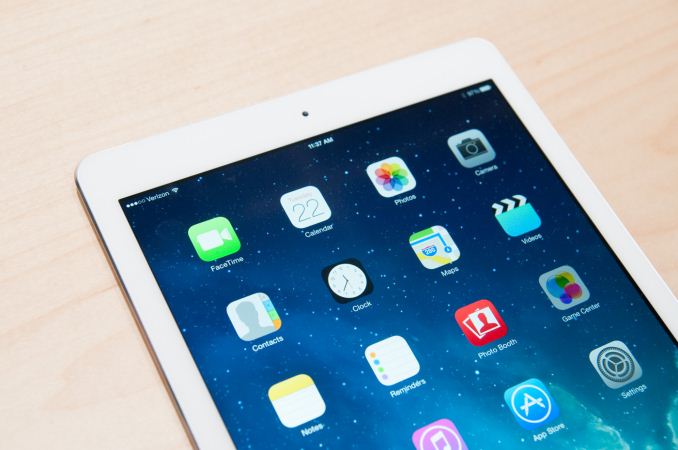

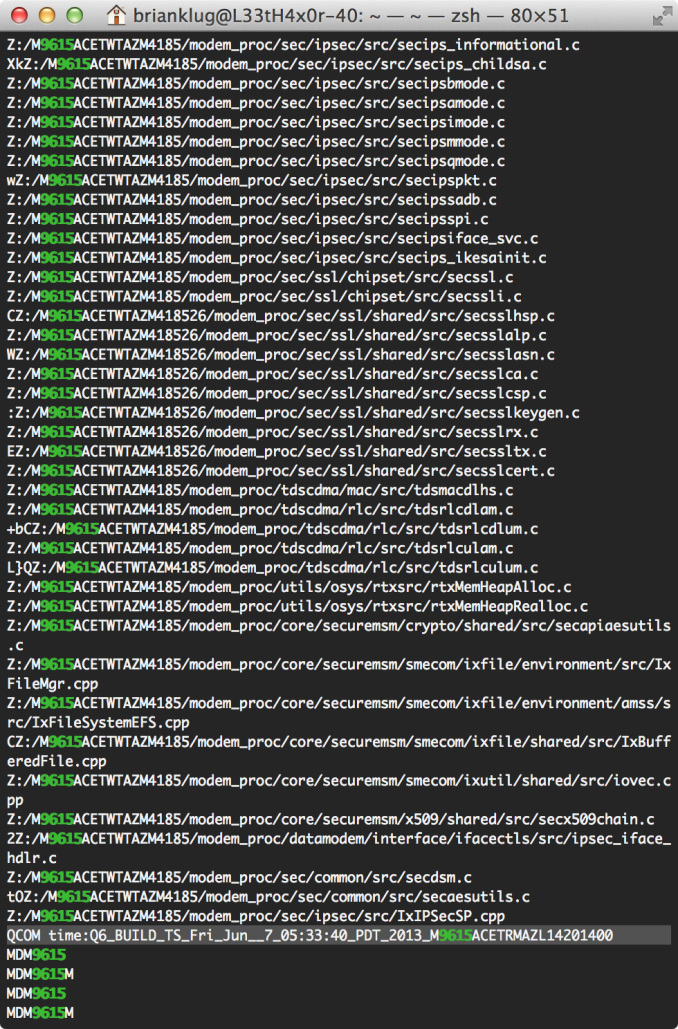







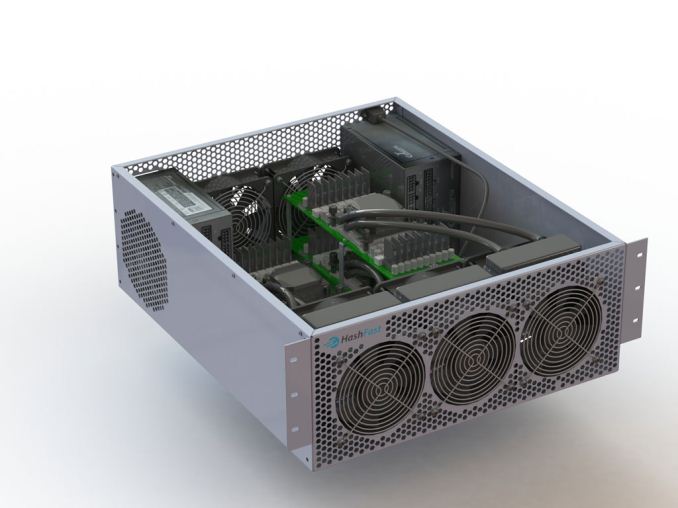
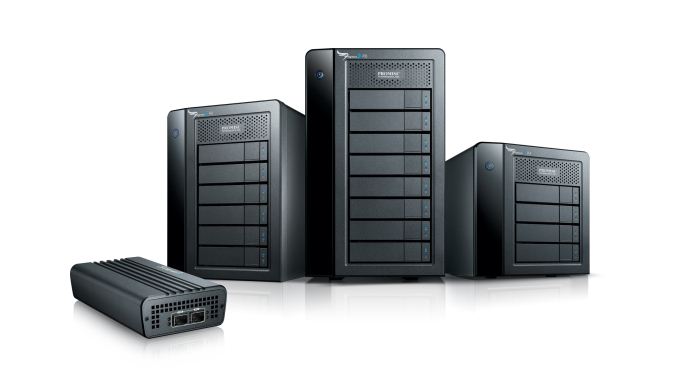
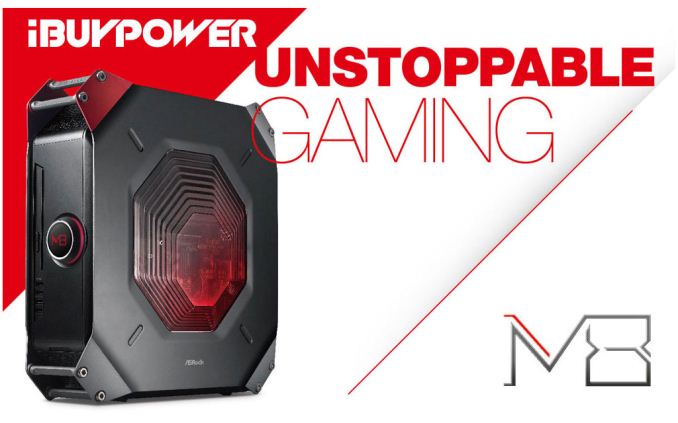





















Bookmarks